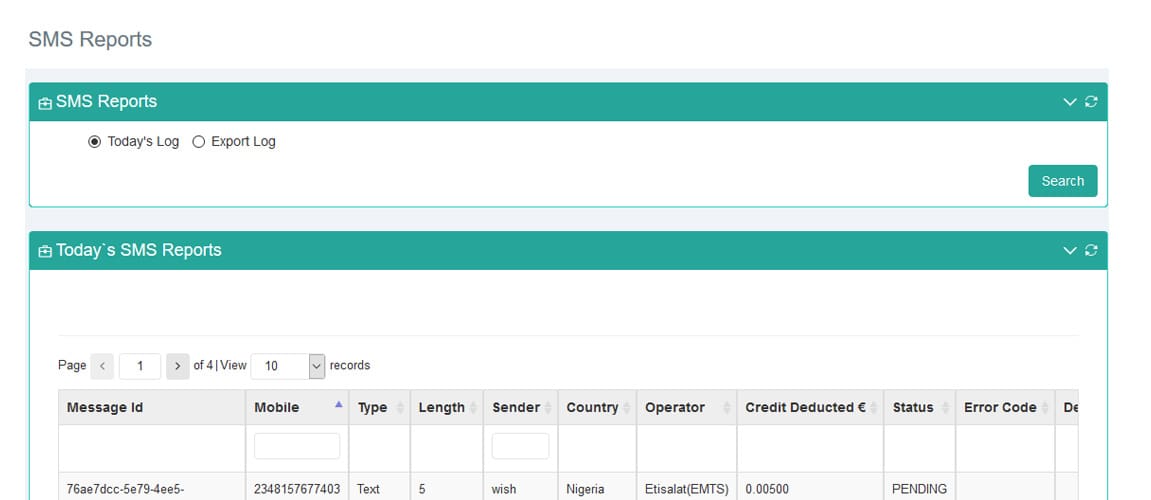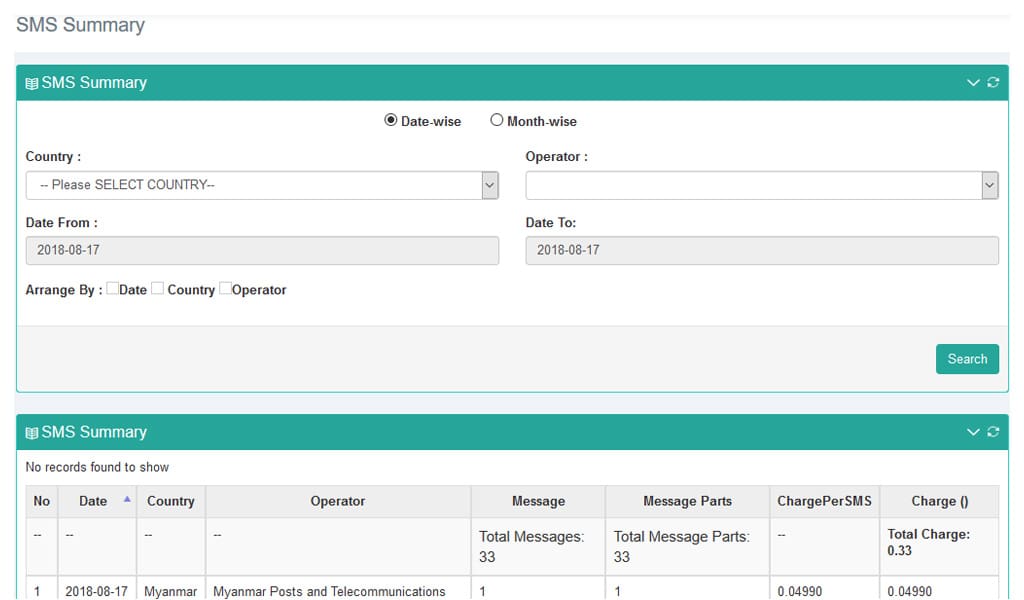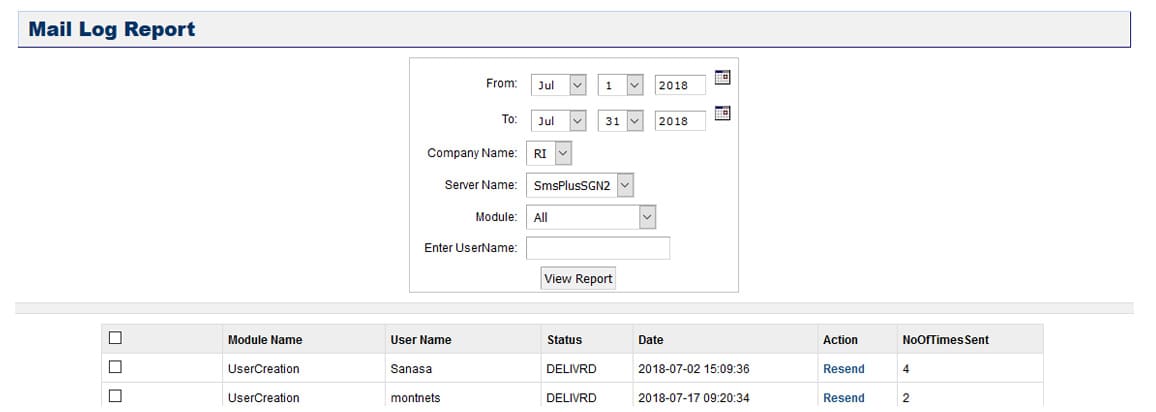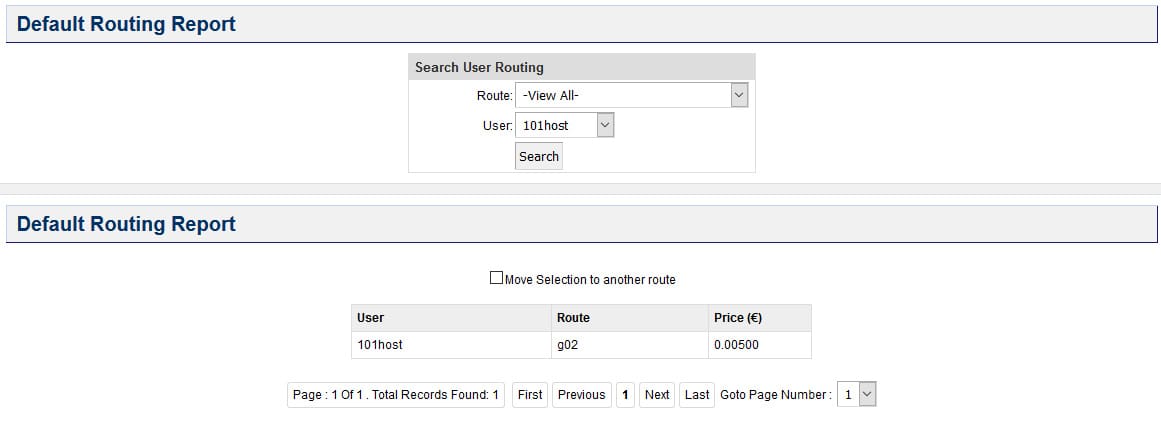Getting to Know Route Mobile’s PaaS.
Route Mobile, an SMS aggregator functions as an intermediary between a customer and the mobile network operator. It provides input interfaces to customers to send messages, collects those messages, and sends them to operators for delivery.
Route Mobile implements this function of aggregation using a messaging solution. We ship this solution to you as a platform. You then set it up to aggregate messages and forward them to your short message service centre (SMSC).
Quick Fact
Traditionally, environments of Platform as a Service (PaaS) models, power application development and management using provider-supplied resources. The provider gives servers, storage, connectivity, middleware, development and analytical tools, and databases to deploy your application. Thus, users need not procure their own hardware and software for new application development.
How does it benefit your business?
How it works?
REPORTS
Some of the reports that a customer is able to view after signing in to the client interface are:
Today’s Stats
This report shows the total number of messages, message parts, and credit deducted for the current day.


SMS Reports
Your customers can view details of every message they send. The report will show details of each message sent for the current day by default. Customers can also view details of messages sent between date ranges.
- Message ID
- Mobile number
- Message type
- Message length
- Sender
- Country
- Operator
- Credit deducted
- Status
- Error code
- Description
- Date
SMS Summary
Customers can view this report to see the total messages sent for each operator for a date or month. This report also shows a single message’s cost and the total charge for all the messages for an operator. Customers can generate the report on a date-wise or month-wise basis.
The administrator interface contains extensive reports organised under these categories:
- Log Reports that show statistics about message parameters and are used for support activities.
- Verification Reports used for performing accounting activities and verifications.
- Summary Reports show the total values of message parameters between two dates.
Let’s see a report under each category


Log Reports → Mail Log Report
The system automatically sends emails to customers when you make certain changes to their account. The Mail Log Report helps to resend these mails to the customer if they haven’t received them. These changes include, password change, user creation, price change, etc.
Verification Reports → Default Routing Report
The system discards messages sent by customers that are not in their route. The system terminates such messages on a default gateway you create during account creation. This report shows the customers’ default gateway and its associated price. You can also change the customer’s default route and price.


Summary Reports → Summary Report
The Summary report displays a summary of messages, message parts, and credit deduction.
Operational Basics
The platform is divided into three layers or tiers. Each tier contains components that help to execute the respective tier’s function:
Web tier
You and your customers can interact with the platform using this layer’s web application interfaces.
Read MoreWeb tier
You and your customers can interact with the platform using this layer’s web application interfaces. These interfaces can be user interfaces and administrator interfaces.
User interfaces
Your customers send messages using a client web interface or panel. They can also send messages using plugins, and desktop applications. A client server is used to implement this. An HTTPS server sends those customer messages sent using SMPP or HTTP over SSL or TLS through APIs. Additionally, this server also authenticates users and facilitates accounting.
Customers will need credits for sending messages. Administrators provide credits. Actions that your customers can perform using a client panel are:
- Send SMS: Send and schedule single/group/bulk messages.
- Job management: Manage created jobs that result as a process of sending or scheduling messages.
- View reports: View message and credit related reports.
- Manage profile: Change their profile information, like their sign in password.
Administrator interface
Customers will need credits for sending messages. Administrators provide credits. Actions that your customers can perform using a client panel are:
- User management: Create and modify users and their credits for a customer.
- Set up customer notifications: Send emails, resend module notifications, and set up recurring alerts for users.
- Job management: View and manage jobs created by customers, including stopping, starting, and deleting jobs.
- SMS queue management: Monitor the messages in queue for delivery and set message validity.
- User routing management: Allows you to add and update the routing for a customer.
- Gateway management: Administer gateways used for routing.
- Client security: Define spam rules to block message content denoted as spam and have customers connect only from specific IP addresses.
- View reports: See statistics about message sending, user credits, routing and other system aspects.
Middle tier
This layer is responsible for processing messages.
Read MoreThis layer is responsible for processing messages. It performs the following activities:
- Receive messages sent by your customers from various interfaces.
- Forward the received messages to operators.
- Calculate and deduct appropriate credits from the customer’s account as charges for sent messages.
- Send a delivery report (DLR) for every delivered message to the platform and customer.
The bearerbox application is the core component connecting to ESMEs and other gateways providers. It is responsible for message submission to ESMEs and processes DLRs.
Database tier
The databases store the messages received from the bearerbox. They then forward the messages to a short message service centre (SMSC) and to operators.
Read MoreThe databases store the messages received from the bearerbox. They then forward the messages to a short message service centre (SMSC) and to operators. The database servers have different functions:
- DND database stores the Do-Not-Dial (DND) numbers.
- CDR database archives messages and stores message CDRs.
- Opt-out database stores numbers of end-users who choose to opt-out of your customers’ services.
